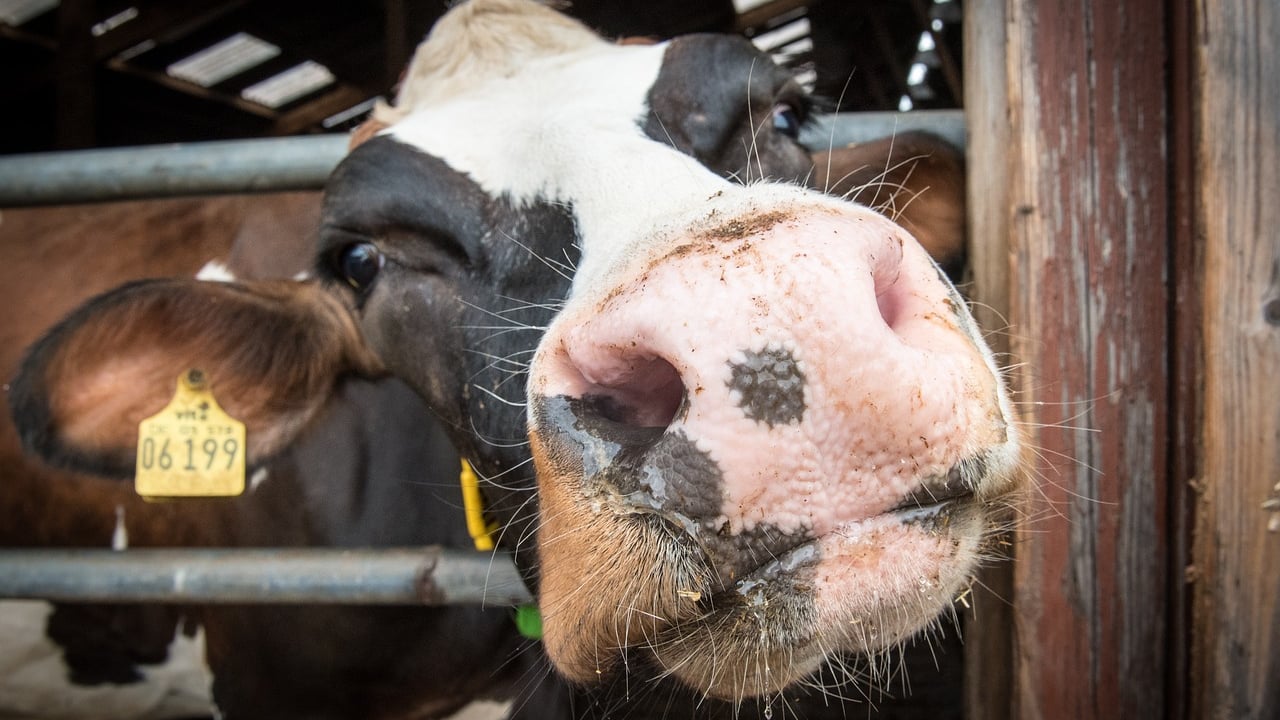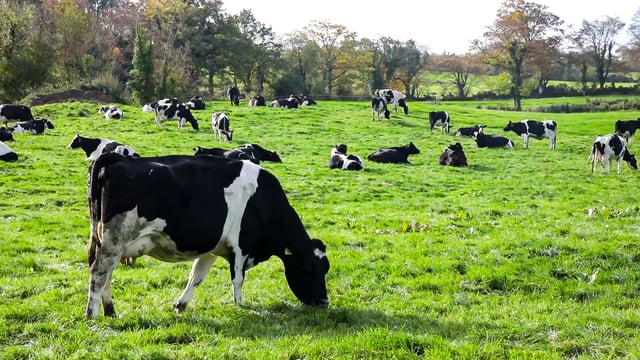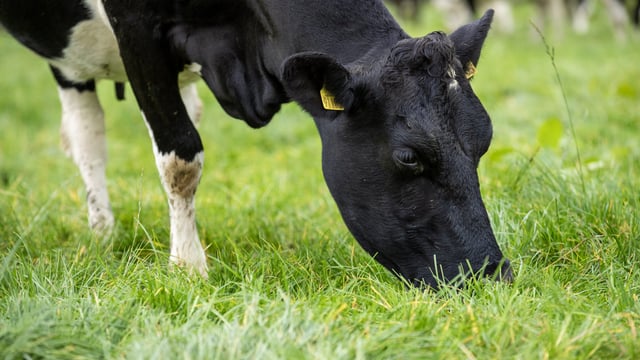Report: EU milk production to 'stagnate' in the next decade
Milk production in the European Union is expected to "stagnate" with fewer dairy cows and slower yield growth in the next decade, a report released today (July 15) has revealed.
The Agricultural Outlook 2025-2034 report was released by the Organisation for Economic Co-operation and Development (OECD) and the Food and Agriculture Organisation of the United Nations (FAO).
The report indicates that world milk production is projected to grow over the next decade, faster than most other agricultural commodities.
Growth in the number of cows is expected to be moderate in North America and China, but strong in Sub-Saharan Africa, and in major milk-producing countries such as India and Pakistan, where yields are low.
In the European Union, production originates from a mix of grass and feed-based production systems.
According to the report, a growing share of milk is expected to be organic, or from other non-conventional production systems.
The report indicates that at present, more than 10% of dairy cows are within, but not limited to, organic systems located in Austria, Denmark, Greece, Latvia, and Sweden.
Meanwhile, Germany, France and Italy have also seen an increase in organic dairy production.
However, the report outlines that organic yields are about 75% of those "conventional production systems".
As organic systems incur higher production costs, they need to command a substantial price premium in order to be profitable.
Finally, the report revealed that New Zealand has a 2% share in world milk production, and that it is the most export-orientated country.
After expanding strongly, milk output growth in New Zealand has slowed down in recent years, and is projected to grow by 0.9% per annum over the next decade.
However, the cost efficiency of grass management allows New Zealand to be competitive due to the focusing on milk yields per hectare. The main constraining factors for growth are land availability and increasing environmental restrictions.





